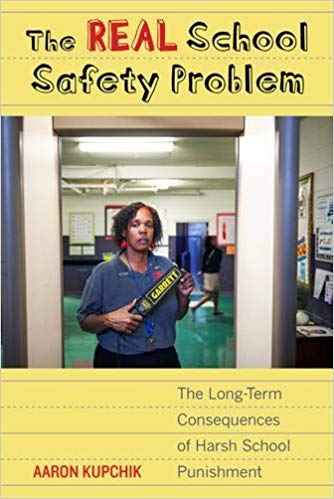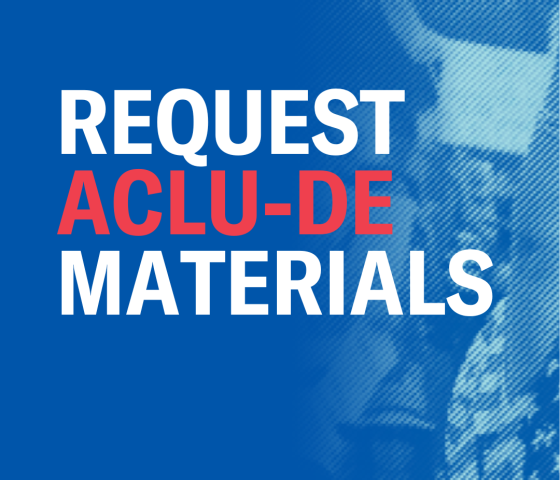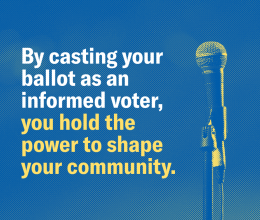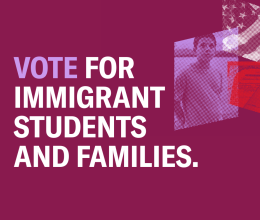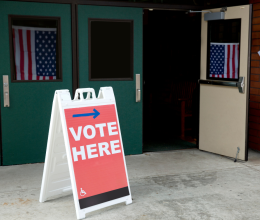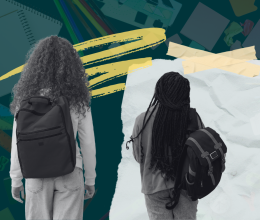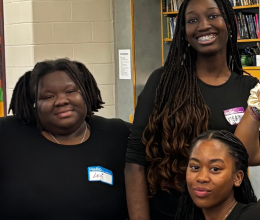Teacher and Parent Training on School Discipline, Racial Disproportionality, and the School-to-Prison Pipeline
Developed by Aaron Kupchik, Ph.D.
In this session, participants will develop a better understanding of current research on school discipline practices and outcomes of these practices. Discussions will focus on analyses of national- and state-level data that reflect racial and other subgroup disproportionality in discipline, as well as the causes of disparate treatment of students of color.
Prepare For This Session:
- UCLA Center for Civil Rights Remedies, Out of School & Off Track
- Delaware School Discipline Program Report
- Yolanda Anyon (2016) Taking Restorative Practices Schoolwide
Session Objectives:
-
Discuss evidence on effective and ineffective school discipline.
-
Examine consequences of excessive use of exclusionary school discipline.
-
Discuss barriers to effective school discipline, and ways to overcome them.
-
Consider the role of implicit bias in shaping disproportionate school discipline.
A Suggested Icebreaker or Introductory Activity:
My Life as a Teacher/Parent
Would the movie about your life as a teacher/parent be a comedy, a drama, an action film, or science fiction? Participants raise their hands to vote for their choice. Select one or two people with hands raised for each to say why. The workshop leader ends the activity by saying to which group he/she belongs and provides info on his/her own background.
Session Activities for Educators:
Guided Conversation #1: Review Research on Effective vs. Ineffective Discipline
- Break into groups, and have participants report on their schoolwide behavioral expectations, then what strategies they use for classroom management (preventing disruption) and for responding to student misbehavior. (See: Anyon et al. 2018: pp. 51-54)
- Discuss evidence on need for firm, consistent rule enforcement (i.e., neither research nor advocates suggest that we stop enforcing rules or disciplining students).
- But evidence points to several harms of excessive and exclusionary punishments (see Kupchik 2016):
- Many harms to individual students: school failure, dropout, justice system involvement, future employment
- Lower test scores for entire schools
- Harms to families
- Harms to school social climate
- Democratic participation
- Better strategies
- E.G., PBS, SEL, restorative justice.
- All share a commitment to solving problems and valuing students.
- Watch Ted Talk on listening to kids.
Guided Conversation #2: What Does Research Say About Racial Disproportionality in School Discipline?
- Show statistics on its prevalence, nationwide.
- Show DE statistics from recent DOE discipline report.
- Discuss evidence on when it is most common (what contexts, behavior types, etc.).
Guided Conversation #3: How do we Explain Racial Disproportionality in School Discipline?
- Student behavior
- Primarily, that students of color misbehave more frequently and more severely.
- This does not appear to be driving disproportionate punishment (e.g., Rocque and Paternoster 2011; Skiba et al. 2018).
- Implicit bias
- Explain implicit bias.
- Discuss research on the role of implicit bias in shaping school discipline (see Okonofua and Eberhardt 2015).
- Show Kirwan Institute video (Go to kirwaninstitute.osu.edu).
- Have them take IAT on their phones.
- Go to implicit.harvard.edu.
- School policies
- Different schools have different levels of security and punishment (see Kupchik and Ward 2014; Welch and Payne 2012).
Session Activities for Parents:
Guided Conversation #1: Discuss School Discipline at Their Children’s Schools
- What does it look like – what behaviors result in discipline, and what discipline do these behaviors receive? Using newsprint or posters, have each group create a list of behaviors that result in disciplinary action and opposite each behavior the disciplinary practices of the schools.
- Brainstorm: What kind of disciplinary system do they want in their children’s schools – what goals and practices would they want to see followed?
Guided Conversation #2: Review Research on Effective vs. Ineffective Discipline
- Discuss evidence on need for firm, consistent rule enforcement (i.e., neither research nor advocates suggest that we stop enforcing rules or disciplining students).
- But evidence points to several harms of excessive and exclusionary punishments (see Kupchik 2016):
- Many harms to individual students: school failure, dropout, justice system involvement, future employment
- Lower test scores for entire schools
- Harms to families
- Harms to school social climate
- Democratic participation
- Better strategies
- E.G., PBS, SEL, restorative justice.
- All share a commitment to solving problems and valuing students.
- Watch Ted Talk on listening to kids.
Guided Conversation #3: What Does Research Say About Who Gets Disciplined Most Frequently In Schools? How are the Parents of Students Typically Involved? What Change Would Parents Advocate for their Involvement?
- Review national data
- Review DE Data
Guided Conversation #4: How do we Recognize Implicit Bias?
- Explain implicit bias
- Discuss research on the role of implicit bias in shaping school discipline (see Okonofua and Eberhardt 2015).
- Show Kirwan Institute video (Go to kirwaninstitute.osu.edu).
A Concluding Conversation:
Allow each school team to meet to record their preliminary ideas for putting the session content into action. Each school team is assigned to complete the Moving from Talk to Action form.
Homework Assignment: Moving from Talk to Action
Each team will identify three actions that the team will take to make their entire school community (educators to educators/parents to parents) aware of the prevalence and consequences of racial disproportionality in school discipline.
What new or modified discipline strategies will the team recommend for their school’s plan? How severe is the disproportionality of each school’s record when compared to national and state data?
A Journaling Prompt:
Armed with information and a magic wand, what role would you design for yourself in helping the school achieve a more inclusive culture?
Learn More:
Learn more about this issue by reading The REAL School Safety Problem: The Long-Term Consequences of Harsh School Punishment by Aaron Kupchik. You can find copies here.
